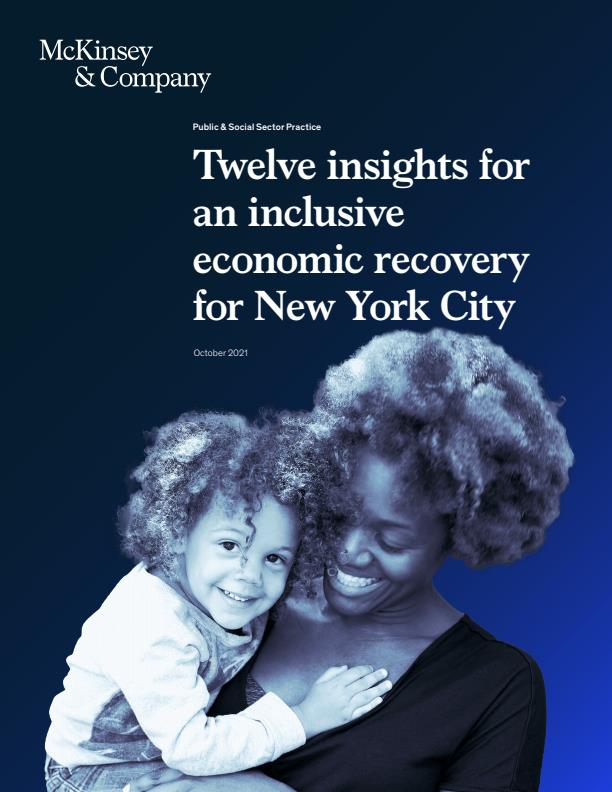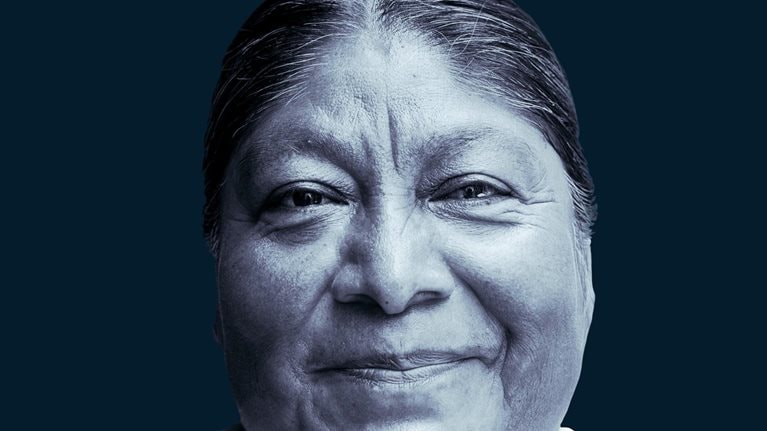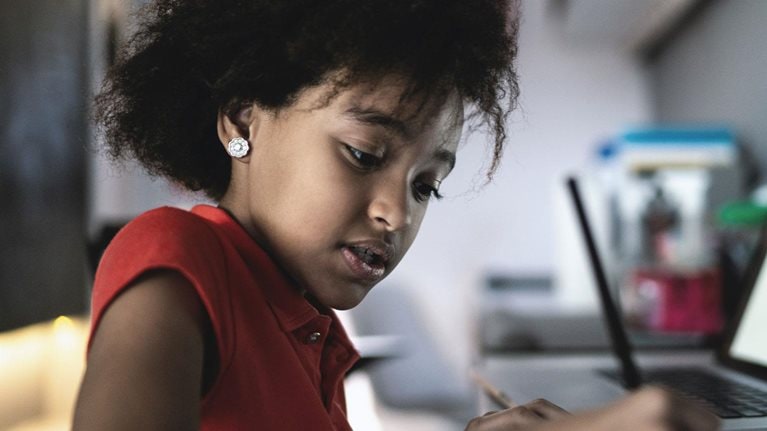As one of the first epicenters of the global COVID-19 pandemic, New York City (NYC) was hit early and hard. Now, more than a year after it went into lockdown, the United States’ most populated metropolis and one of its greatest engines for economic growth is slowly recovering. Yet challenges remain: the city continues to face higher unemployment rates than the rest of the country, and many New Yorkers are still struggling to meet basic needs such as food, healthcare, transit, and internet access (Exhibit 1).
As the city begins to recover, we set out to understand New Yorkers’ experiences during the pandemic and their outlook on the future—as well as which barriers to economic inclusion have been created or exacerbated by the pandemic.1 We heard directly from New Yorkers about their economic standing and how the pandemic has affected their financial and material well-being.
Our report has found fault lines within the city’s recovery and has highlighted inequities and barriers to economic inclusion. Racial and ethnic minorities, immigrants, low-income residents, women with childcare responsibilities, and young people are especially affected. Individuals who intersect within these groups—for example, low-income immigrants and Black and Hispanic/Latino2 caregivers—are at risk on multiple dimensions (Exhibit 2). They represent a substantive part of NYC’s population: more than 2.4 million New Yorkers are immigrants who are also racial or ethnic minorities. And more than a million New Yorkers who live below the poverty line are part of racial or ethnic minority populations.3 These residents, and the neighborhoods where they live, are most at risk of being left behind in the recovery.
We have also found evidence of New Yorkers’ resilience: despite the challenges they face, on the whole, New Yorkers are more optimistic than residents in some other areas of the country about the future economic outlook for themselves, their families, and the wider community.

This article presents 12 potential areas of focus for leaders in the public, private, and social sectors to consider. Together, they present a unique view of the challenges and opportunities facing the country’s largest city (by population) and the potential for an inclusive recovery for all New Yorkers.
Twelve insights
The following 12 critical insights from our research include findings on income loss, demographics, job status, pandemic effects, and distribution.
Where to go from here
Contrary to the widespread belief that New Yorkers fled the city in 2020, New York’s population today is not out of line with recent historical trends6 and reached a record population of 8.8 million in the 2020 census.7 The city also added almost 400,000 jobs between April 2020 and April 2021. But the city’s deep inequities were further exacerbated by the pandemic, and New York is losing out on the economic potential of many residents. The most vulnerable New Yorkers are still hurting, pointing to a moral and practical case for action, as the current economic recovery is not encompassing all New Yorkers.
As NYC continues its recovery, leaders can look to work hand-in-hand with communities and a broad range of stakeholders to craft interventions and solutions that build economic inclusion. This article is the first in an ongoing series that will tackle strategic priorities for the city’s recovery.



